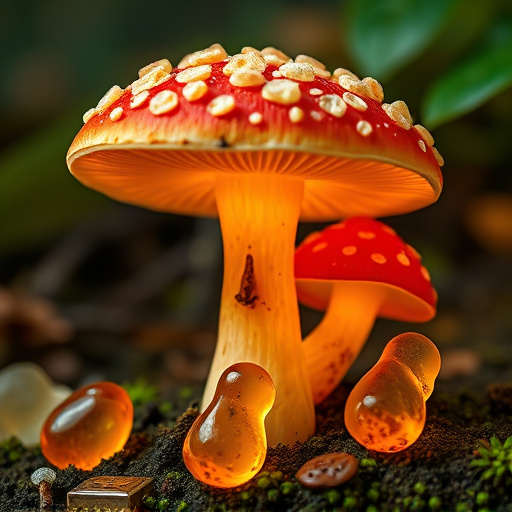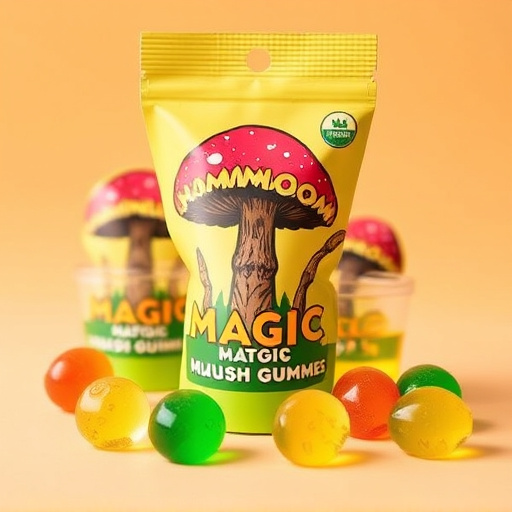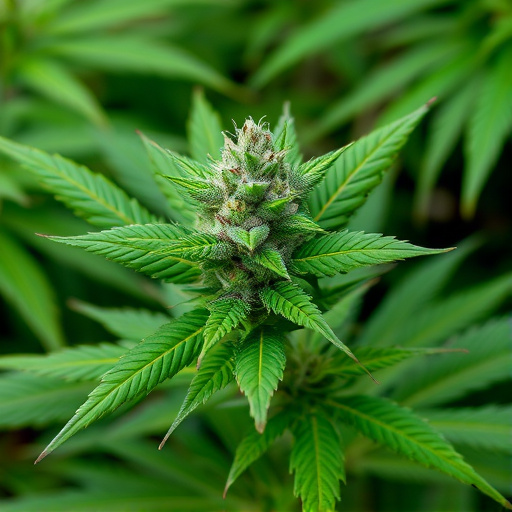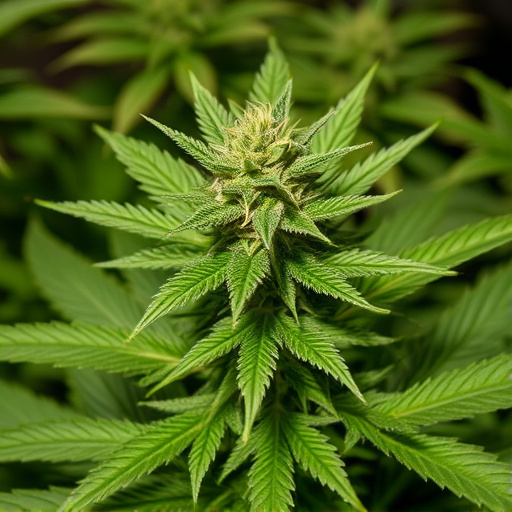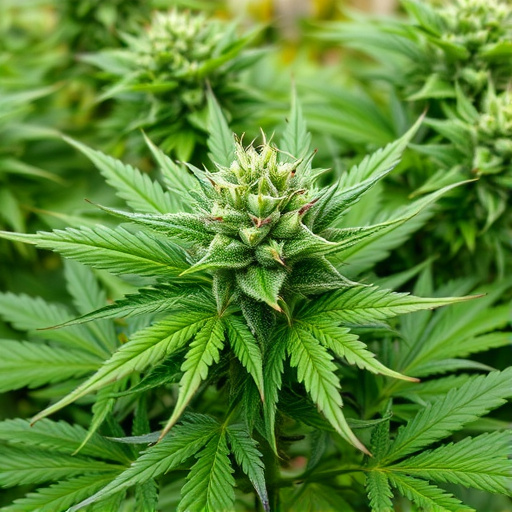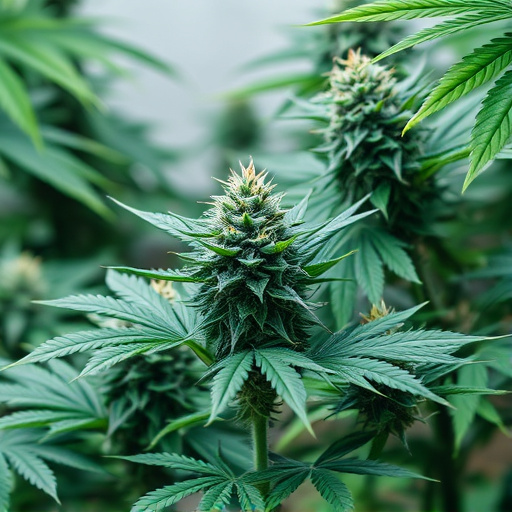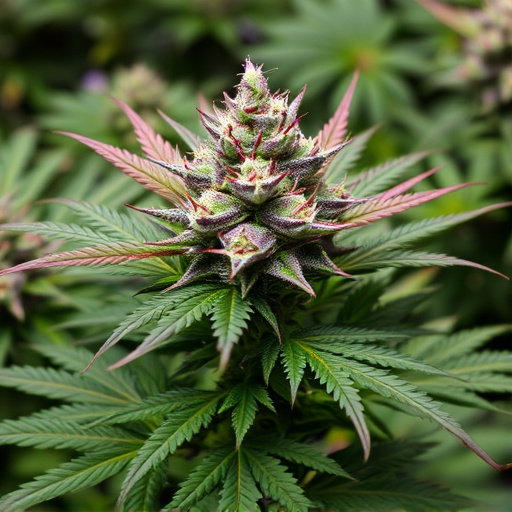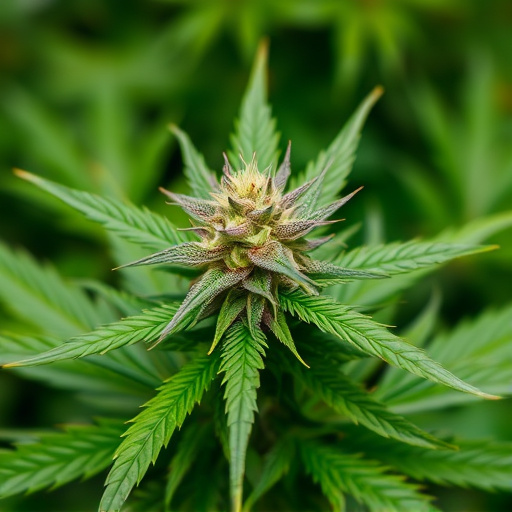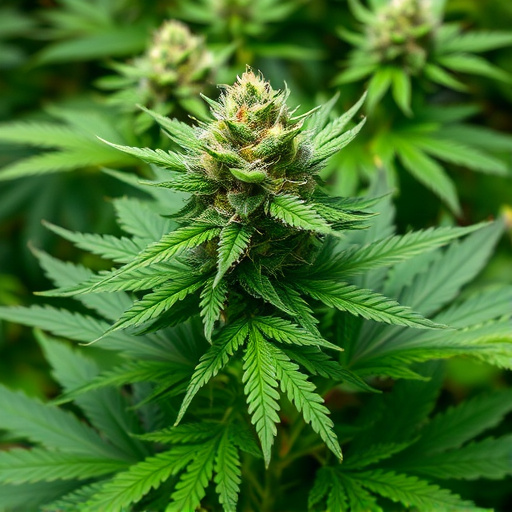Cultivating premium cannabis sativa strains involves meticulous practices starting with optimal soil health and management. Maintaining pH levels between 6.0-7.0 ensures access to essential nutrients, boosting root development and terpene production. Balanced environmental conditions, including lighting and growing duration (80-120 days), stimulate flowering, enhance cannabinoid production, and influence bud density, flavor, and aroma, ultimately producing high-quality cannabis sativa strains.
“Unveiling the Secrets of High-Quality Cannabis Flower: A Comprehensive Guide. From cultivation to post-harvest processing, this article delves into the intricate factors that contribute to the excellence of cannabis sativa strains. We explore cultivation practices, from optimizing soil health and lighting to precise environmental control. The role of genetic diversity is also scrutinized, focusing on terpene profiles, cannabinoid ratios, and medicinal properties. Additionally, we uncover the art of harvesting, curing, and storage techniques to preserve freshness and potency.”
- Cultivation Practices for Optimal Cannabis Quality
- – Soil quality and nutrient content
- – Lighting and growing duration
Cultivation Practices for Optimal Cannabis Quality
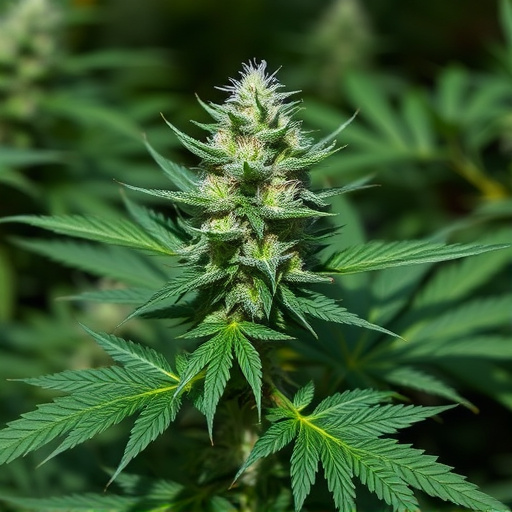
Cultivating high-quality cannabis involves a meticulous approach, focusing on various factors that contribute to its overall excellence. One of the key aspects is understanding and implementing optimal cultivation practices for cannabis sativa strains. These practices encompass a range of techniques designed to enhance the plant’s natural attributes.
Farmers and cultivators play a pivotal role in shaping the final product by carefully controlling environmental conditions, such as light exposure, temperature, humidity, and feeding regimes. Organic and sustainable farming methods are increasingly favored, promoting soil health and minimizing chemical inputs. Proper pruning, training, and curing techniques further refine the cannabis plant’s structure and flavor profile. By adopting these cultivation practices, growers can ensure that their cannabis sativa strains reach their full potential, resulting in superior quality flowers with distinct aromatic profiles and potent effects.
– Soil quality and nutrient content
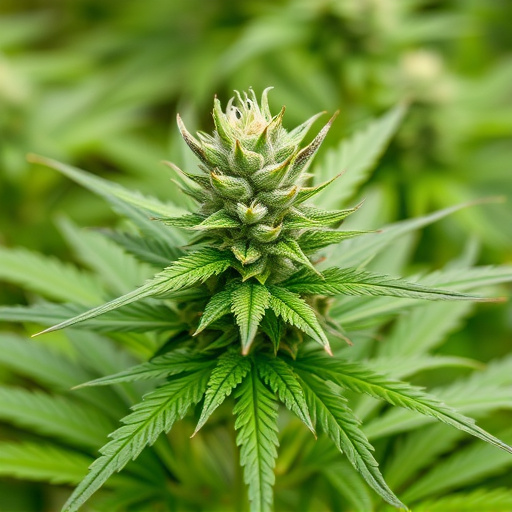
High-quality cannabis flowers are cultivated with meticulous care, and one of the foundation stones is soil health. The soil’s quality and nutrient composition play a pivotal role in determining the final product’s potency and flavor. For cannabis sativa strains, a well-balanced pH level between 6.0 and 7.0 is ideal, ensuring that essential nutrients like nitrogen, phosphorus, and potassium are readily available for plant uptake. Organic matter-rich soil, often enhanced with compost or humus, promotes root development, allowing plants to access deeper nutrient reserves.
Additionally, trace elements such as calcium, magnesium, and zinc contribute to the plant’s overall health and the development of desirable terpenes, which are responsible for cannabis strains’ unique aromas and potential therapeutic effects. Proper soil management, including regular testing and adjustments, ensures that cannabis sativa plants receive the optimal environment for thriving, resulting in high-quality flowers with potent cannabinoids and a delightful sensory experience.
– Lighting and growing duration
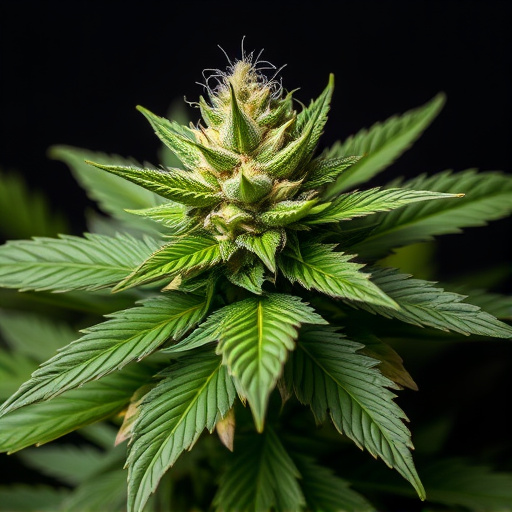
The quality of cannabis flower is significantly influenced by the environmental factors during its growth cycle, particularly lighting and growing duration. Cannabis sativa strains thrive under specific light conditions; optimal growing occurs when plants receive between 18-24 hours of light per day. This controlled light schedule mimics nature’s natural photoperiod, triggering flowering and enhancing the production of desirable cannabinoids like THC and CBD.
Growing duration plays a crucial role in developing high-quality cannabis flowers. Different strains have varying maturity times; most cannabis sativa varieties mature in 80-120 days, depending on growing conditions. Allowing plants to flower for an adequate period ensures the development of dense, sticky buds with robust flavors and aromas. Proper timing avoids underdeveloped or overly mature flowers, ensuring consumers receive top-tier products.
High-quality cannabis flower is a result of meticulous cultivation practices, from soil health to optimal lighting conditions. By prioritizing these factors, growers can produce cannabis sativa strains with potent terpenes, balanced cannabinoids, and desirable aromas, ensuring a superior consumer experience. Understanding and implementing these cultivation techniques are key to creating top-tier cannabis products.


